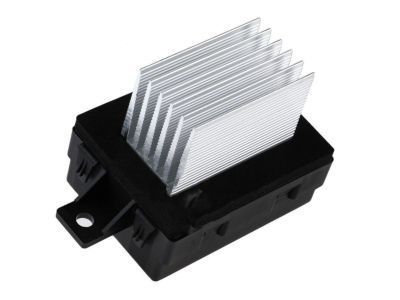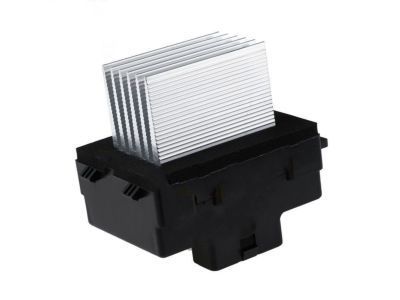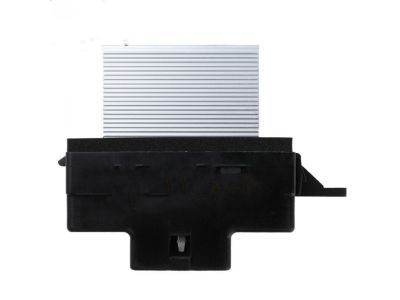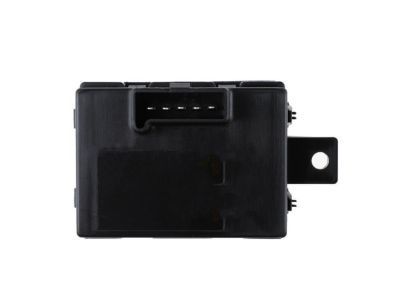FordParts
My Garage
My Account
Cart
OEM 2007 Lincoln MKZ Blower Motor Resistor
Heater Blower Motor Resistor- Select Vehicle by Model
- Select Vehicle by VIN
Select Vehicle by Model
orMake
Model
Year
Select Vehicle by VIN
For the most accurate results, select vehicle by your VIN (Vehicle Identification Number).
1 Blower Motor Resistor found

2007 Lincoln MKZ Control Module Part Number: 8E5Z-19E624-A
$181.46 MSRP: $298.58You Save: $117.12 (40%)Ships in 1-2 Business DaysProduct Specifications- Other Name: Control; HVAC Control Module; HVAC Blower Motor Regulator; HVAC Blower Motor Resistor; Blower Motor Resistor; Controller
- Replaces: 6E5Z-19E624-AA
- Base No.: 19E624
- Item Weight: 0.70 Pounds
- Item Dimensions: 8.7 x 7.8 x 7.7 inches
- Condition: New
- Fitment Type: Direct Replacement
- SKU: 8E5Z-19E624-A
- Warranty: This genuine part is guaranteed by Ford's factory warranty.
2007 Lincoln MKZ Blower Motor Resistor
Achieve unprecedented performance experience with our genuine 2007 Lincoln MKZ Blower Motor Resistor. All our parts are engineered for a perfect fit and maximum durability to ensure that your MKZ returns to factory condition. Specially designed for the 2007 Lincoln MKZ, this Blower Motor Resistor offers superior reliability and ease of installation for anyone.
If you're seeking quality and affordability, look no further than our extensive inventory of genuine 2007 Lincoln MKZ Blower Motor Resistor available at FordPartsDeal.com. You can confidently purchase our OEM 2007 Lincoln MKZ Blower Motor Resistor as they are supported by the manufacturer's warranty and our hassle-free return policy, alongside the benefit of our fast delivery service.
















